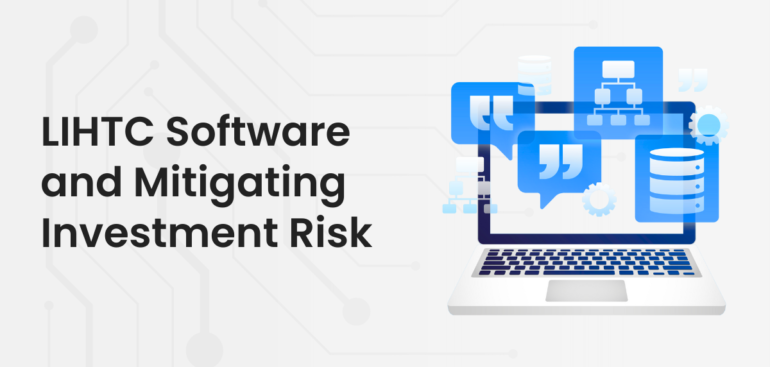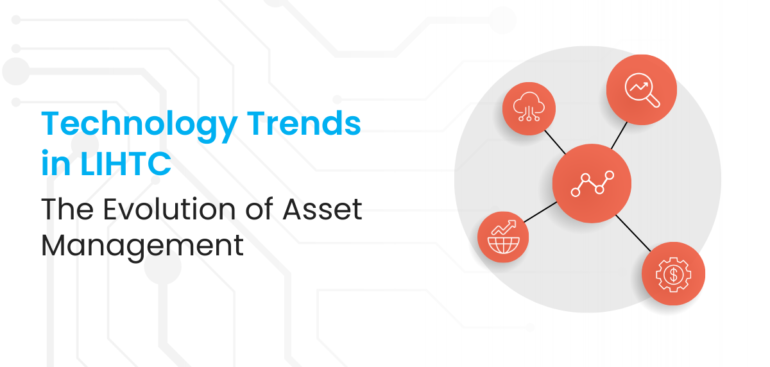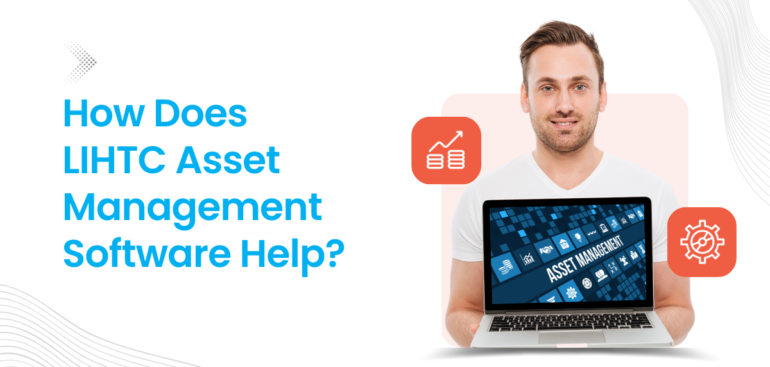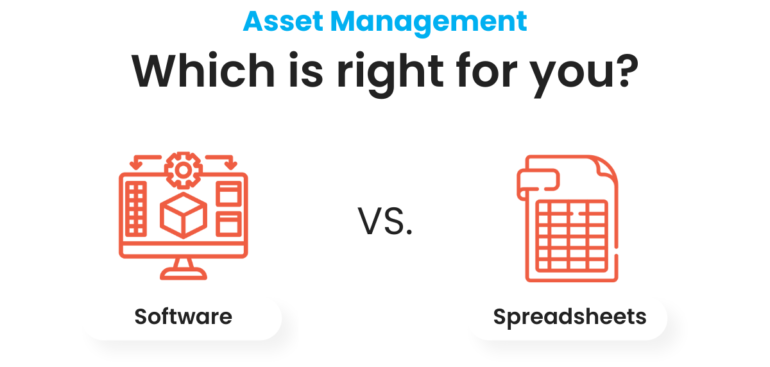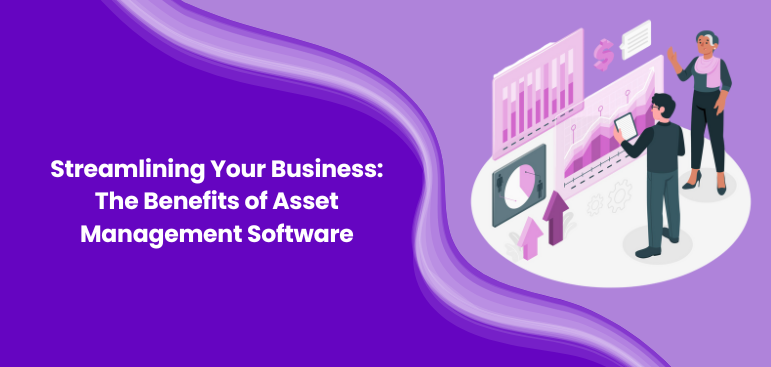Investors are drawn to LIHTC projects for various reasons. However, like any other investments, these are not without risks. A LIHTC investment is subject to compliance mandates for 15 years, which adds another layer of risk specific to these investments.
Understanding these risks and the opportunities is key to appreciating why LIHTC projects can be a lucrative investments avenue and provide a good value to investors.
Return on Investment
At the core, LIHTC investments offer direct economic benefits through tax credits, providing a dollar-for-dollar reduction in federal income tax liability. This incentive, spread out over a decade, offers a predictable return on investment, assuming project compliance is maintained for the required 15 years.
Community Reinvestment Act Ratings
For many investors, particularly banks, a significant incentive for investing in LIHTC properties is the opportunity to improve their Community Reinvestment Act (CRA) ratings.
Investments in some LIHTC projects can significantly enhance a bank’s CRA performance. This dual benefit of stable return and CRA ratings makes some LIHTC investments particularly attractive, for financial institutions.
Stabile and Substantial Tax Benefits
The LIHTC program offers a stable investment opportunity if properties maintain high occupancy rates. This stability, coupled with the potential for consistent profits, is a significant draw for investors. While managing LIHTC units may require more effort and does not necessarily save on building or rehabilitation costs, the trade-off comes in the form of substantial tax benefits and the potential for solid returns.
Risks in LIHTC investments
LIHTC projects, from construction to lease-up, present significant risks that can affect tax credit outcomes. Delays, cost overruns, and compliance failures can jeopardize returns.
LIHTC software can help you address these challenges by tracking project compliance to reduce the risk of investment discrepancies and regulatory penalties. With LIHTC software, you can monitor critical parts of the project, like tenant income verification and cost certification, to keep your investments on track, streamlining project management and safeguarding tax credits.
Variations During the Construction and Lease-up
The construction and lease-up phases of LIHTC projects are fraught with risks that can significantly impact the availability and amount of tax credits.
Variations from approved plans and cost overruns can alter the expected tax credit yield. These variations arise from delays in construction, regulatory hurdles, or changing market conditions delaying how quickly the property is leased to eligible tenants.
LIHTC software tracks construction progress against planned timelines and budgets, helping investors identify discrepancies early. It can also monitor the initial lease-up phase to ensure it aligns with regulations.
LIHTC Compliance
Compliance with LIHTC regulations is critical throughout the project lifecycle. Failure can result in recapture of credits, financial penalties, or disqualification from future credits.
Elements that investors must track include tenant income verification, rent setting, or minimum habitability standards. If developers or general partners do not openly communicate these elements, it can exacerbate risks to the investment.
LIHTC software facilitates continuous monitoring of compliance data, automating tenant income and rent limit checks. It can also flag potential non-compliance for resolution or audits.
Third-Party Reviews
Independent verification of construction progress, leasing procedures, and project documentation is essential for ensuring the project’s viability. Without independent audits, you may overlook critical compliance or quality issues, leading to higher project costs, and lower returns, down the line.
LIHTC software enhances documentation of LIHTC projects. It can help improve visibility within the projects you have invested in and manage follow-up actions to address identified issues.
Calculation of Qualified and Eligible Basis
The amount of tax credit a LIHTC project can claim depends on the calculation of the qualified and eligible basis of a project. Inaccurate calculations can lead to your fund claiming fewer credits than entitled or, conversely, tax credit claw backs by the IRS.
These calculations are complex and require specialized expertise to verify. They need adjustments for federally subsidized projects and for tax credit laws specific to states. This complexity increases the risk of errors.
LIHTC software can automate and validate the calculations of qualified and eligible basis. The software can incorporate local regulations and guidance. It ensures accuracy in the credit calculation process, reducing the risk of errors and the potential for financial adjustments or disputes with tax authorities.
Cost Certifications and Form 8609s
Accurately preparing cost certifications and submitting Form 8609s to the IRS on time is a critical part of LIHTC compliance. Delays or inaccuracies in these submissions can jeopardize the allocation of credits. Tax credits are what make LIHTC financing and your returns possible.
By leveraging LIHTC software, developers and investors can ensure that cost certifications accurately aggregate and categorize project costs. The software can also track deadlines for Form 8609 submissions, minimizing the risk of delayed or forfeited tax credits.
Development Team Strength
Investors prioritize LIHTC projects with lower development and operating risks. The strength of the development team plays a crucial role in mitigating these risks.
Developers with a proven track record of success, including the ability to fund operating deficits, ensure construction completion, and provide tax credit guarantees, are more likely to carry through your LIHTC project to success.
Lease-Up and Operating Risk
The 15-year operating proforma for LIHTC projects should be a critical focus for you. Because once you invest in a LIHTC project, your investment is susceptible to lease-up and operating risks.
Properties built in areas with a clear need for affordable housing and the expectation of a tenant waiting list are safer bets. Such properties are likely to experience fewer vacancies, ensuring steady rent collection and the ability to meet debt obligations.
Accessing detailed market studies to understand the proportion of income-qualified tenants and rental demand in the LIHTC project you are investing in is critical. Couple this with projections of near-term rent growth to understand how the project can maintain or increase net operating income.
Navigate the Complex LIHTC Landscape
By leveraging LIHTC software, investors can enhance project oversight and accuracy, ensuring a more secure and efficient investment process.
LIHTC software plays a pivotal role in identifying and mitigating many investment risks in LIHTC projects. It provides comprehensive project oversight, automates compliance tracking, and streamlines financial reporting.
Fusion LIHTC software can help you navigate the complexities of LIHTC investments and ensure the safety of your investment.

